
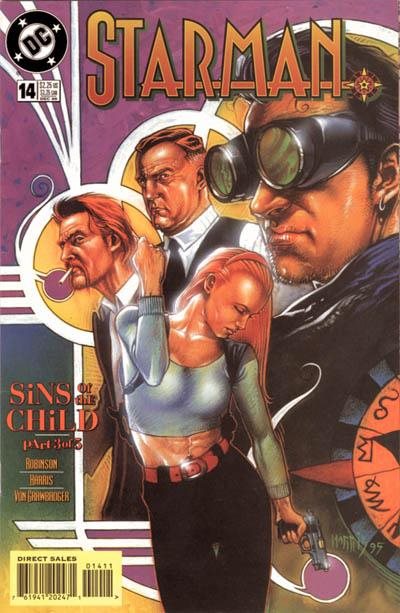
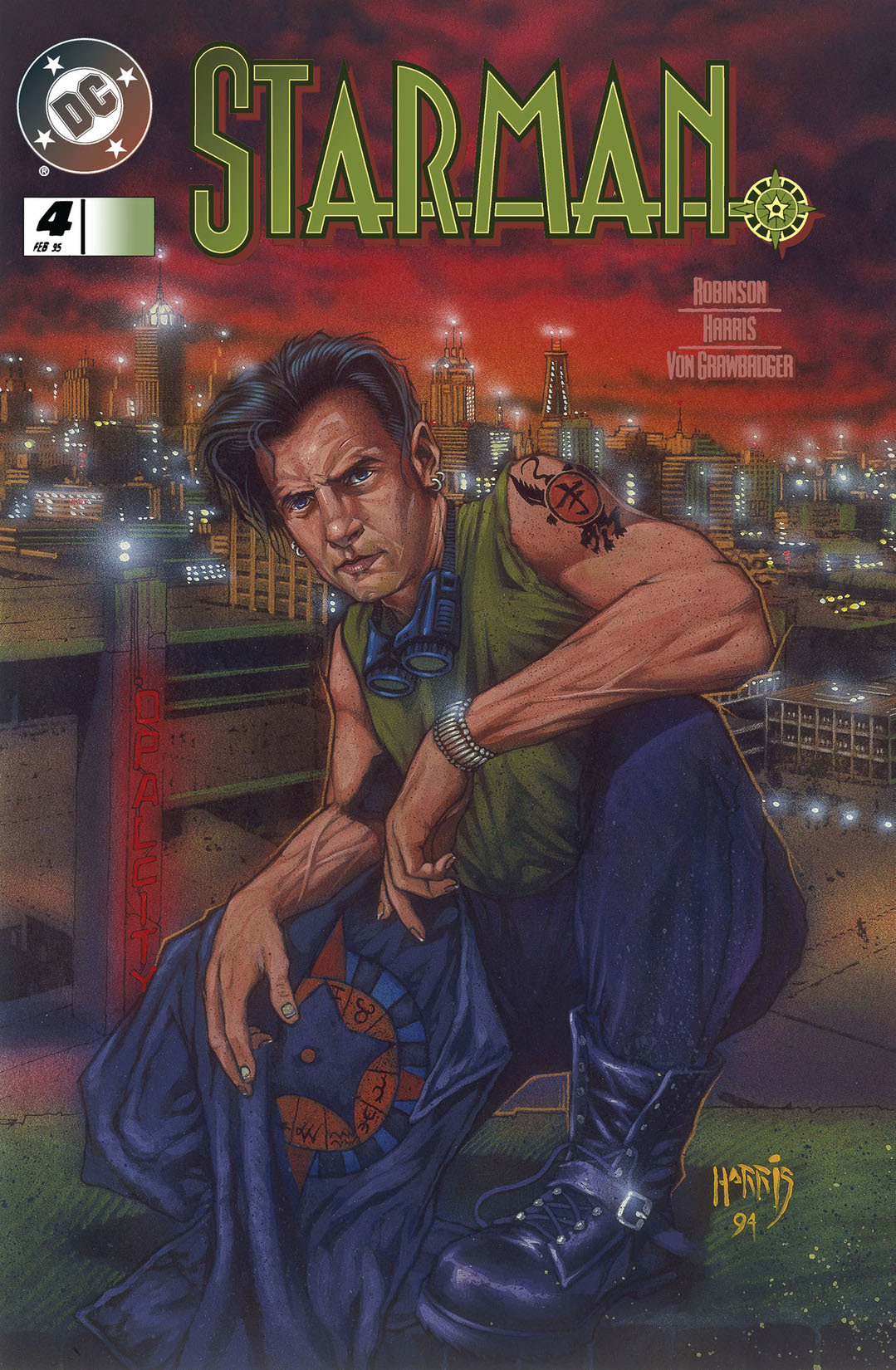
Books in series

Starman (1994-2001) #0
1994

Starman (1994-2001) #14
1994

Starman (1994-2001) #4
1994

Starman, Vol. 4
Times Past
1997

Starman
A Wicked Inclination
1997
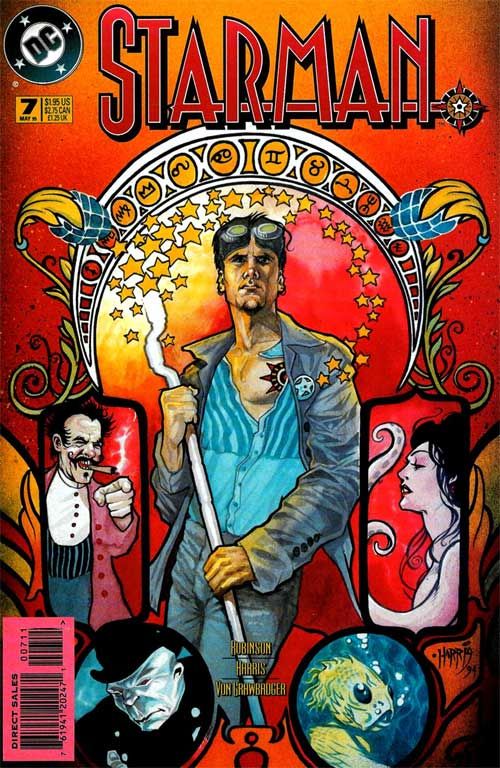
Starman (1994 - 2001) #7
1995
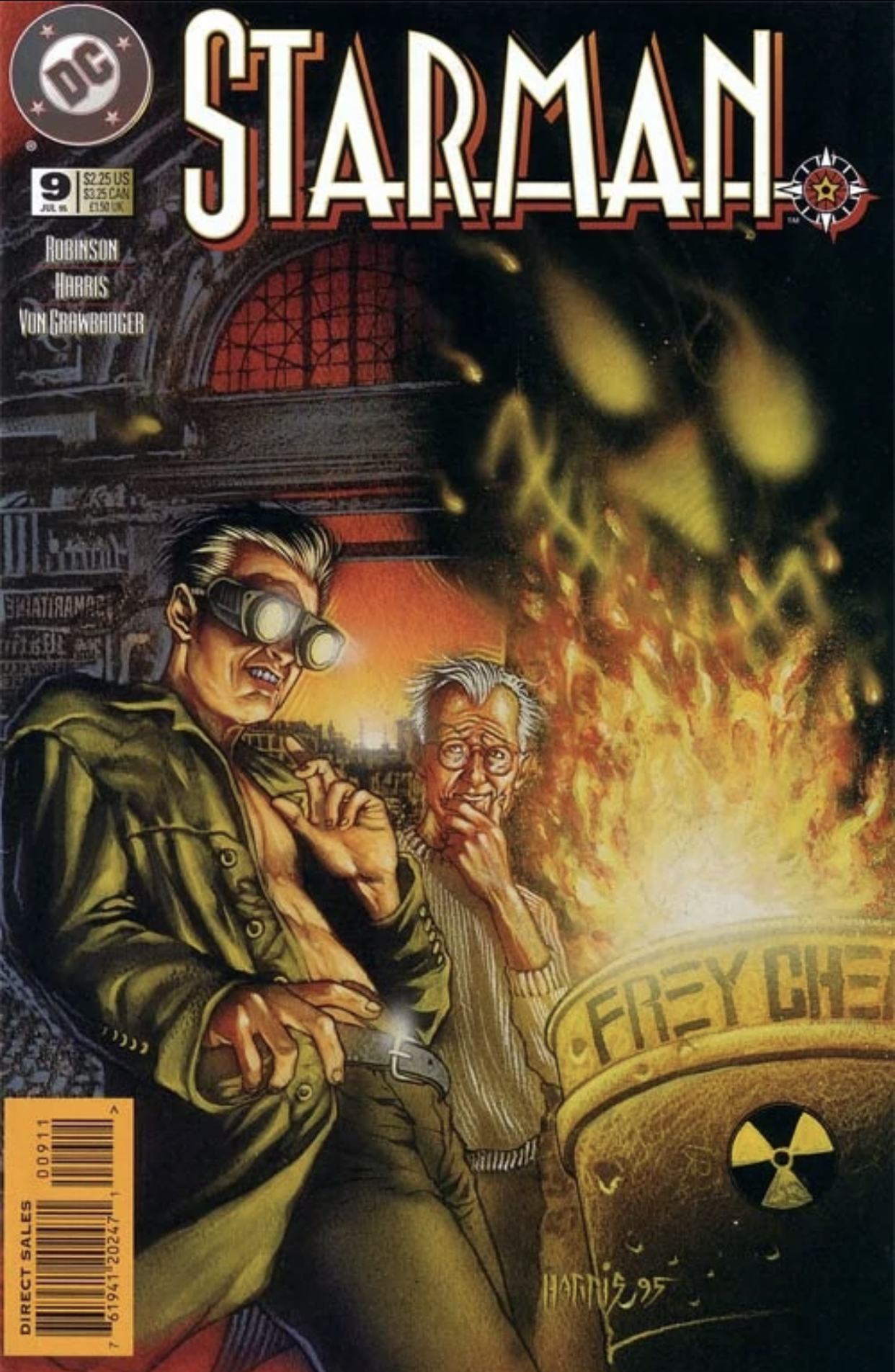
Starman (1994 - 2001) #9
1995
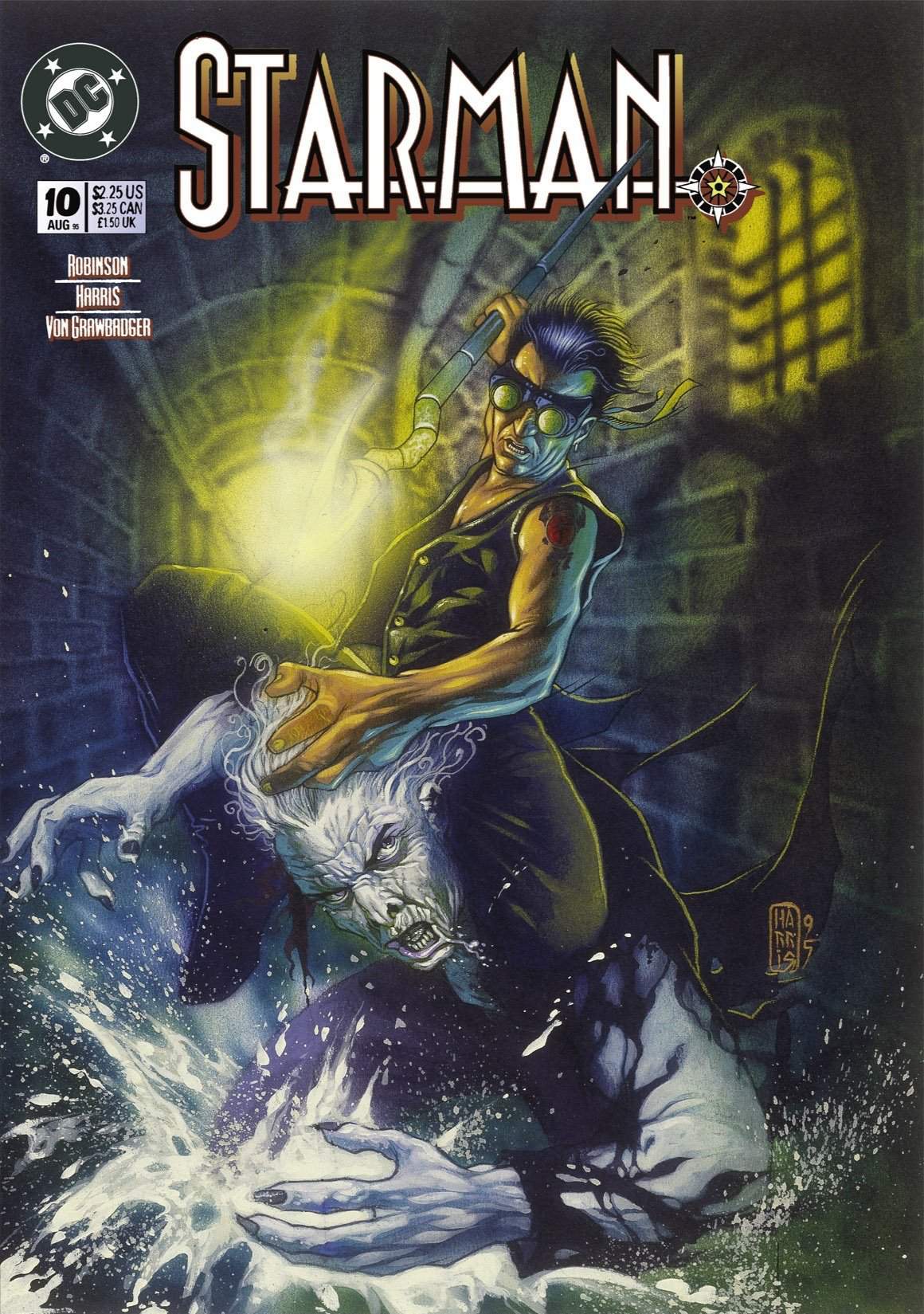
Starman (1994 - 2001) #10
1995
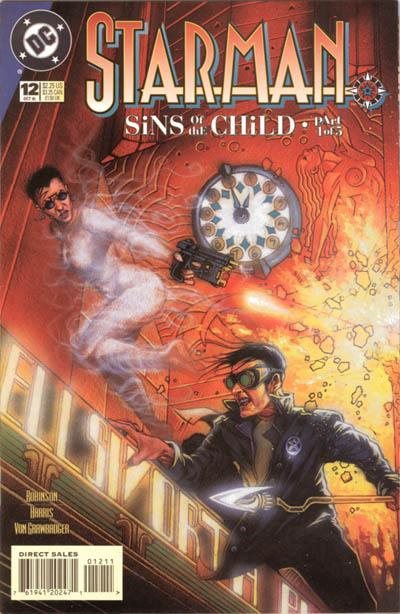
Starman (1994 - 2001) #12
1995
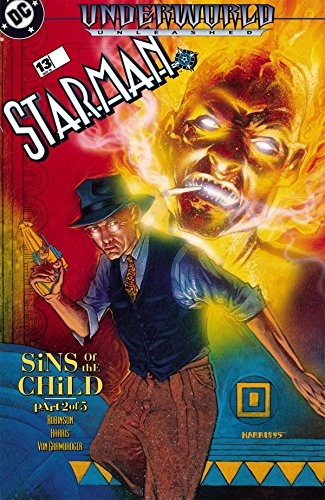
Starman (1994-2001) #13
1995
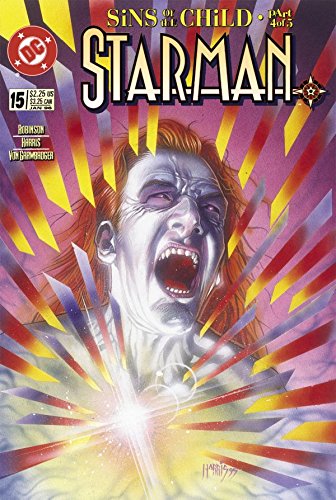
Starman (1994-2001) #15
1995
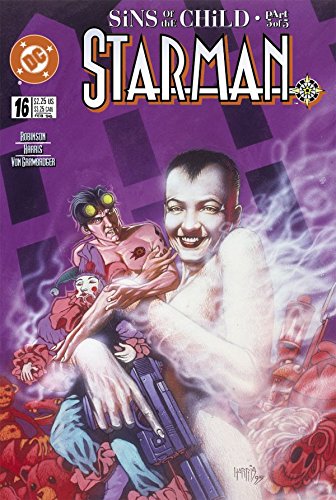
Starman (1994-2001) #16
1995
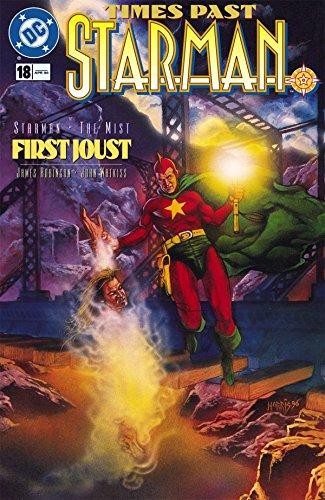
Starman (1994-2001) #18
1994
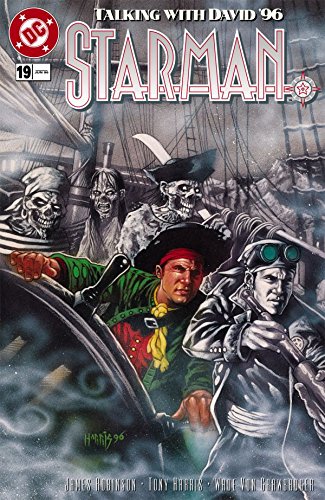
Starman (1994-2001) #19
1990
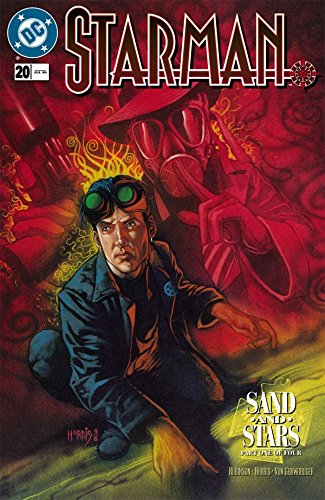
Starman (1994-2001) #20
1990
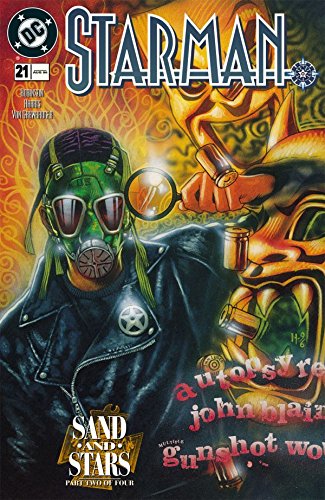
Starman (1994-2001) #21
1990
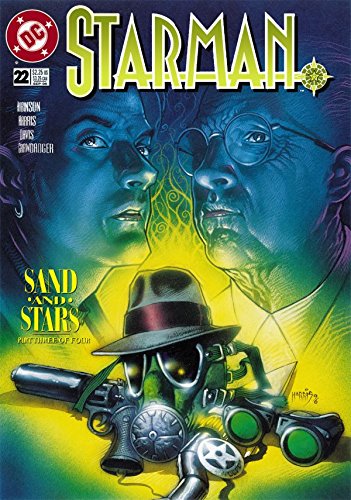
Starman (1994-2001) #22
1990
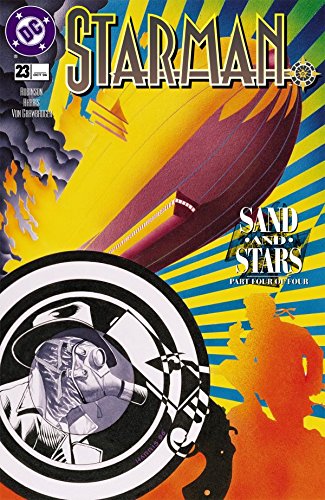
Starman (1994-2001) #23
1990
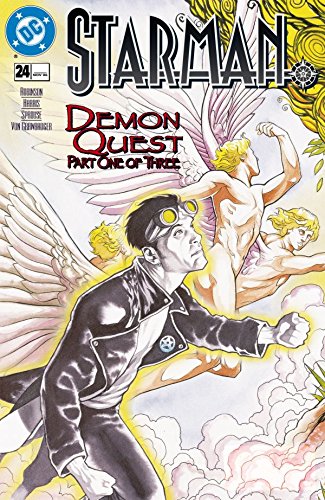
Starman (1994-2001) #24
1990

Starman (1994-2001) #25
1990
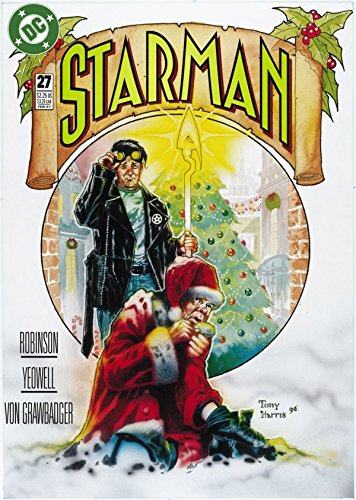
Starman (1994-2001) #27
1990
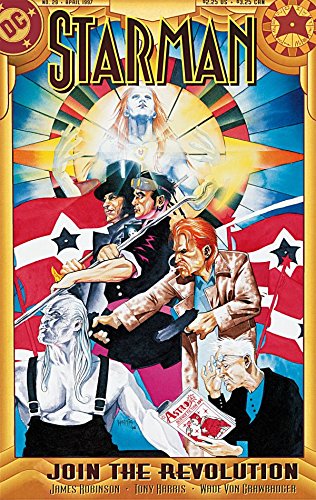
Starman (1994-2001) #29
1990
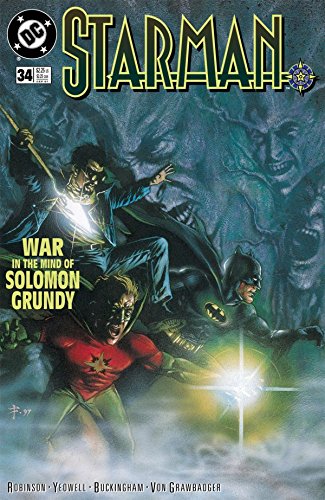
Starman (1994-2001) #34
1991
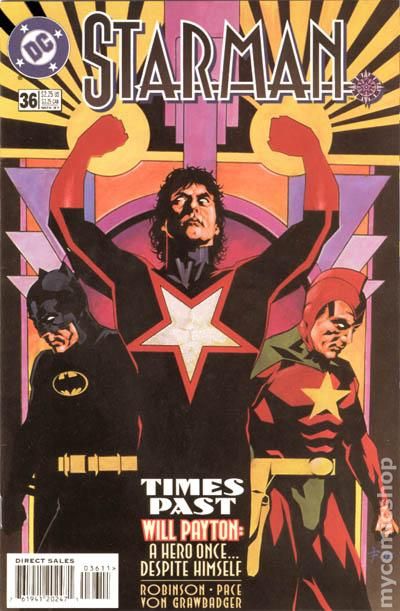
Starman (1994-2001) #36
1991
Starman (1994-2001) 37
1997

Starman (1994-2001) #37
1994
Starman (1994-2001) #38
1997
Starman (1994-2001) #39
1997
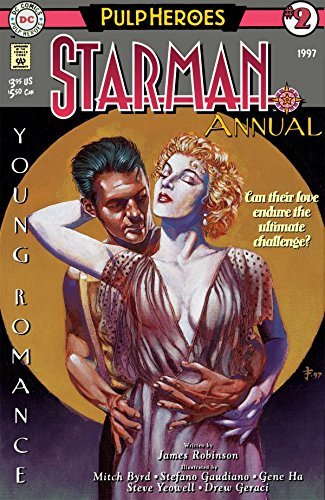
Starman (1994-2001)
Annual #2
1997
Starman (1994-2001) #40
1998
Starman (1994-2001) #41
1998
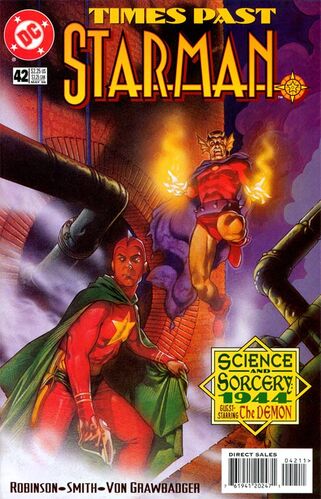
Starman (1994-2001) #42
1998
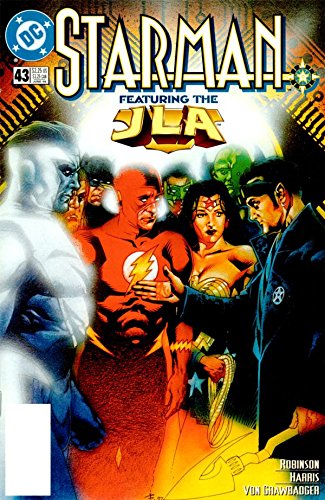
Starman (1994-2001) #43
1992
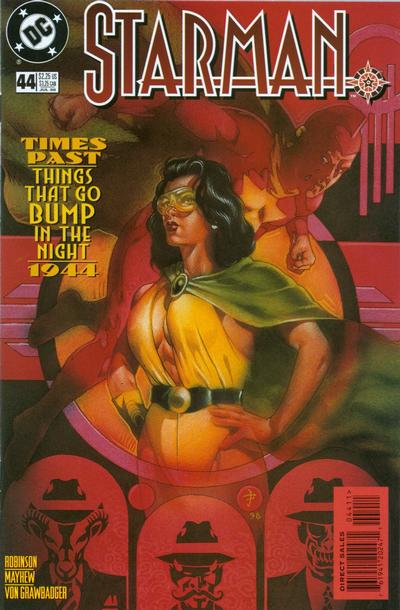
Starman (1994-2001) #44
1992
Starman (1994-2001) #45
1992
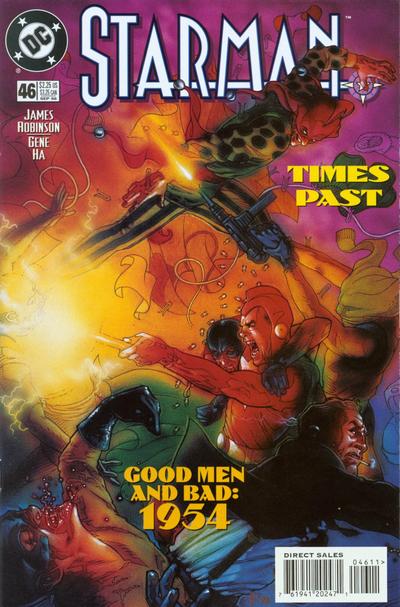
Starman (1994-2001) #46
1996
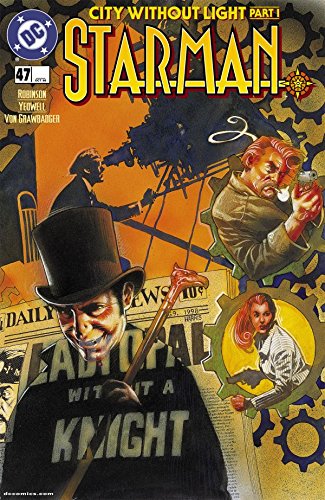
Starman (1994-2001) #47
1996
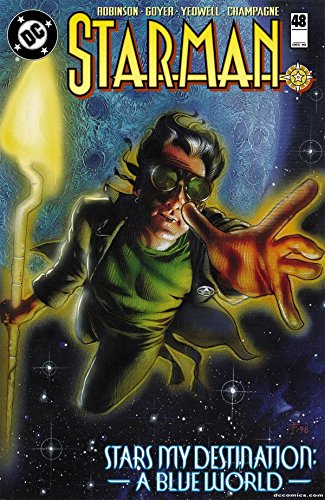
Starman (1994-2001) #48
1996
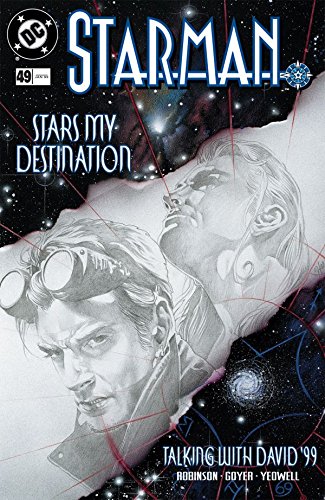
Starman (1994-2001) #49
1996
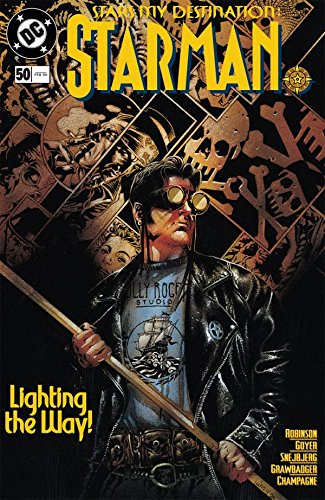
Starman (1994-2001) #50
1998
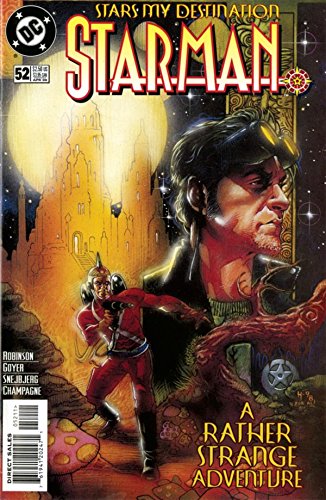
Starman (1994-2001) #52
1996
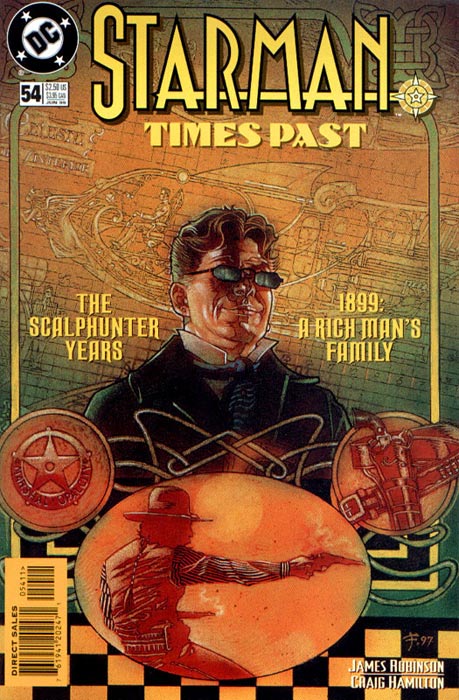
Starman (1994-2001) #54
1999
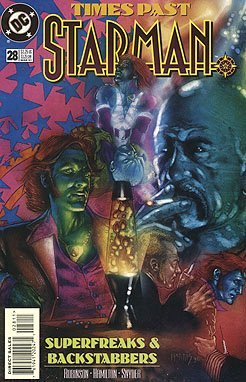
Starman (2nd Series), Edition# 28
1997
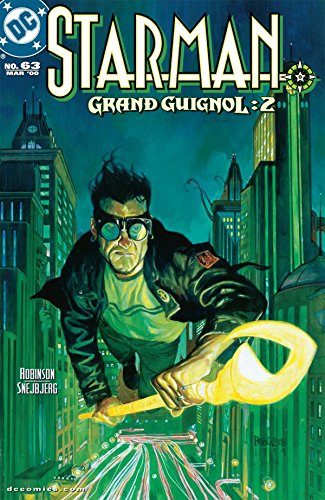
Starman (1994-2001) #63
2000
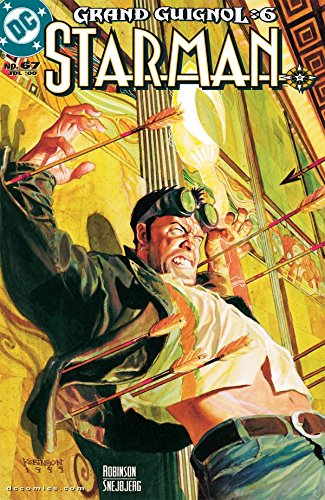
Starman (1994-2001) #67
1994
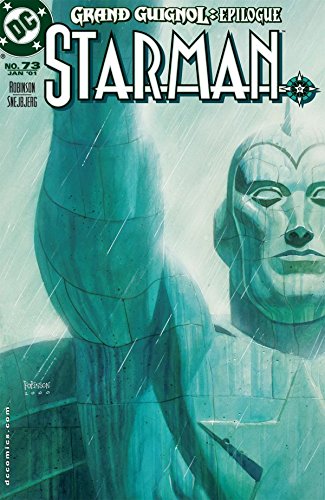
Starman (1994-2001) #73
2000
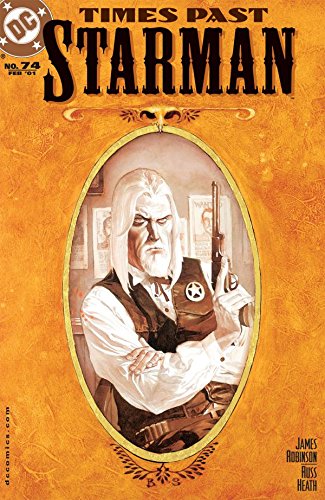
Starman (1994-2001) #74
2000
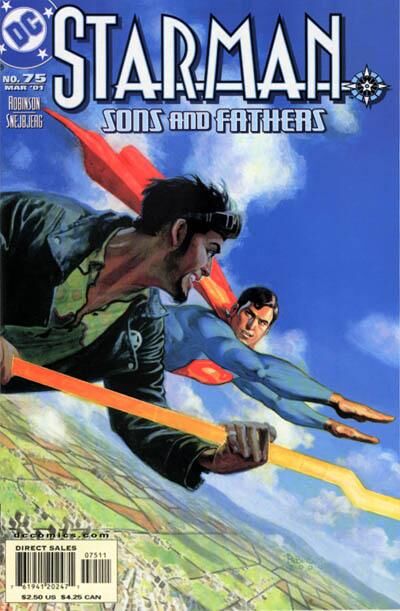
Starman #75
2001
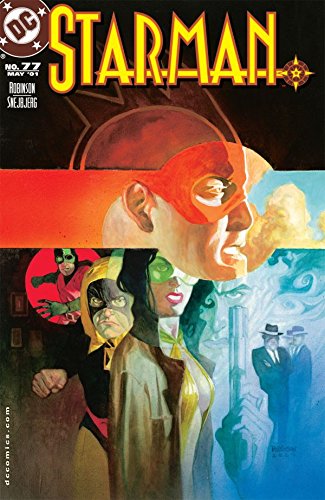
Starman (1994-2001) #77
2001
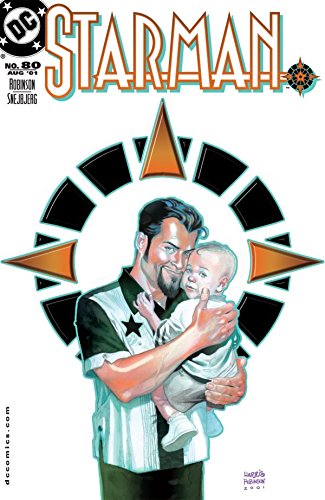
Starman (1994-2001) #80
2001
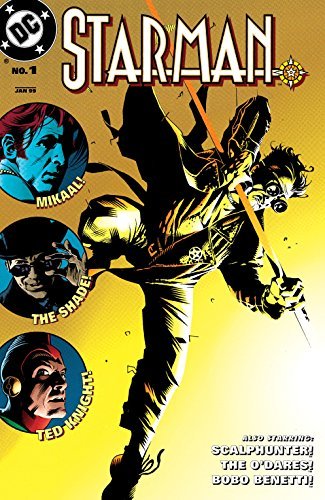
Starman 80-Page Giant #1
1998
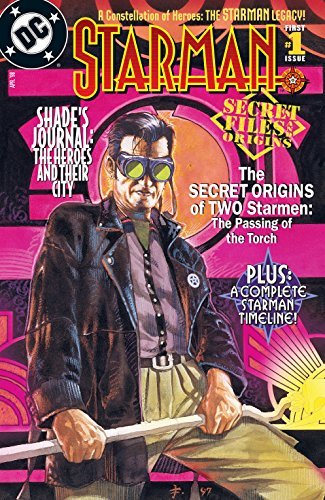
Starman Secret Files #1
1998

Hellboy
Masks and Monsters
2010

The Starman Omnibus, Vol. 1
2008

Starman
Sins of the Father
1995

Starman
Night and Day (Starman
1996

Starman, Vol. 5
Infernal Devices
1998
Authors

Tony Harris (born 1969) is an American comic book artist, known for his work on series such as Starman, Iron Man, and Ex Machina. He has been nominated for five Eisner Awards. Librarian Note: There is more than one author in the Goodreads' database with this name. See this thread for more information.

DC Comics is one of the most influential and enduring comic book publishers in the world, widely recognized for launching the superhero genre and shaping the modern mythology of American pop culture. Founded in 1934 as National Allied Publications by Major Malcolm Wheeler-Nicholson, the company published the first comic book featuring all-original content. That early publication, New Fun Comics, marked the beginning of a new form of entertainment that would quickly gain momentum. The transformation from a publishing experiment to a cultural powerhouse began in earnest with the creation of Superman by Jerry Siegel and Joe Shuster in 1938. Introduced in Action Comics #1, Superman is widely regarded as the first true superhero and set the standard for the genre. His instant popularity laid the groundwork for DC’s expansion and its rapid rise within the industry. The debut of Batman, created by Bob Kane and Bill Finger, in 1939, and Wonder Woman, created by William Moulton Marston and H. G. Peter, in 1941, added to DC’s growing pantheon of heroic figures. As superheroes captured the public imagination, DC introduced a wide array of characters, including the Flash, Green Lantern, Aquaman, Martian Manhunter, and Green Arrow. In the 1960s, these characters were brought together as the Justice League of America, reflecting the company’s focus on interconnected storytelling and shared universes—concepts that would become central to comic book publishing. DC’s influence extended far beyond its own titles. During the Silver Age of Comics, the company reimagined older characters and introduced new ones, revitalizing interest in the medium. The company also played a central role in the development of the Comics Code Authority, which shaped the industry’s self-regulation following public criticism and Senate hearings in the 1950s. In the 1980s, DC undertook a bold redefinition of its brand and storytelling approach. The publication of The Dark Knight Returns by Frank Miller, Watchmen by Alan Moore and Dave Gibbons, and Swamp Thing marked a creative renaissance. These works pushed the boundaries of what comic books could express, bringing mature themes, literary depth, and psychological complexity into the spotlight. This era confirmed DC as a platform for serious artistic exploration, not just superhero adventure. DC also took steps to streamline its increasingly complex fictional universe with the crossover event Crisis on Infinite Earths in 1985, an ambitious effort to consolidate decades of continuity. Since then, the company has repeatedly reinvented its universe through major storylines and publishing initiatives, including Zero Hour, Infinite Crisis, Flashpoint, and Convergence. In 2011, DC launched The New 52, a line-wide reboot that modernized characters and storylines. This was followed by DC Rebirth in 2016, which aimed to reintroduce classic elements and emotional resonance. In addition to its core superhero line, DC has published influential works under its imprints, including Vertigo, which released genre-defining series like Sandman, Preacher, and Y: The Last Man. These titles broadened the scope of comics and attracted new adult readership. More recent imprints such as Black Label and DC Ink continue to offer creator-driven, experimental storytelling for mature and young adult audiences. DC’s characters have transcended the comic book medium, becoming mainstays of global entertainment. From Christopher Reeve’s Superman films to Tim Burton’s and Christopher Nolan’s Batman adaptations, from animated series like Batman: The Animated Series to the DC Extended Universe, the company’s heroes have been interpreted and reinterpreted across generations. Games like the Arkham series and shows like The Flash, Arrow, and Peacemaker have extended DC’s reach into interactive and serialize

Mike Mignola was born September 16, 1960 in Berkeley, California and grew up in nearby Oakland. His fascination with ghosts and monsters began at an early age (he doesn't remember why) and reading Dracula at age 13 introduced him to Victorian literature and folklore from which he has never recovered. In 1982, hoping to find a way to draw monsters for a living, he moved to New York City and began working for Marvel Comics, first as a (very terrible) inker and then as an artist on comics like Rocket Raccoon, Alpha Flight and The Hulk. By the late 80s he had begun to develop his signature style (thin lines, clunky shapes and lots of black) and moved onto higher profile commercial projects like Cosmic Odyssey (1988) and Gotham by Gaslight (1989) for DC Comics, and the not-so-commercial Fafhrd and the Grey Mouser (1990) for Marvel. In 1992, he drew the comic book adaptation of the film Bram Stoker's Dracula for Topps Comics. In 1993, Mike moved to Dark Horse comics and created Hellboy, a half-demon occult detective who may or may not be the Beast of the Apocalypse. While the first story line (Seed of Destruction, 1994) was co-written by John Byrne, Mike has continued writing the series himself. There are, at this moment, 13 Hellboy graphic novel collections (with more on the way), several spin-off titles (B.P.R.D., Lobster Johnson, Abe Sapien and Witchfinder), three anthologies of prose stories, several novels, two animated films and two live-action films staring Ron Perlman. Hellboy has earned numerous comic industry awards and is published in a great many countries. Mike also created the award-winning comic book The Amazing Screw-on Head and has co-written two novels (Baltimore, or, the Steadfast Tin Soldier and the Vampire and Joe Golem and the Drowning City) with best-selling author Christopher Golden. Mike worked (very briefly) with Francis Ford Coppola on his film Bram Stoker's Dracula (1992), was a production designer on the Disney film Atlantis: The Lost Empire (2001) and was visual consultant to director Guillermo del Toro on Blade II (2002), Hellboy (2004) and Hellboy II: The Golden Army (2008). He lives somewhere in Southern California with his wife, daughter, a lot of books and a cat.
